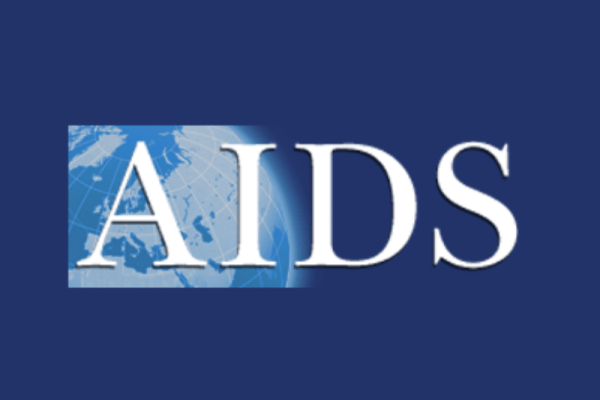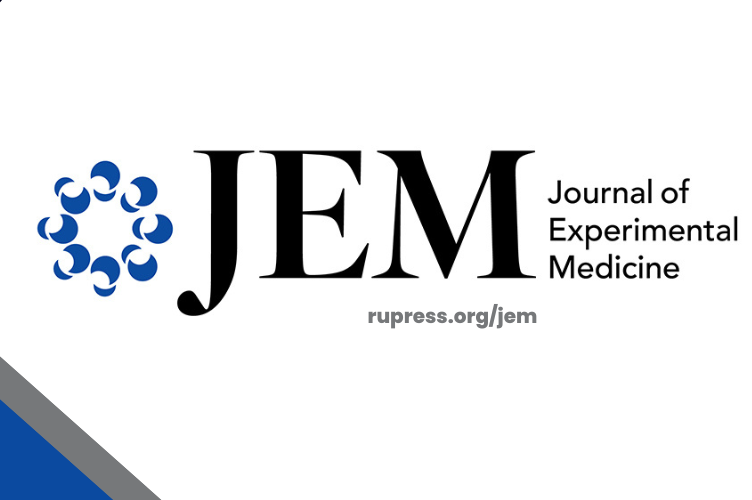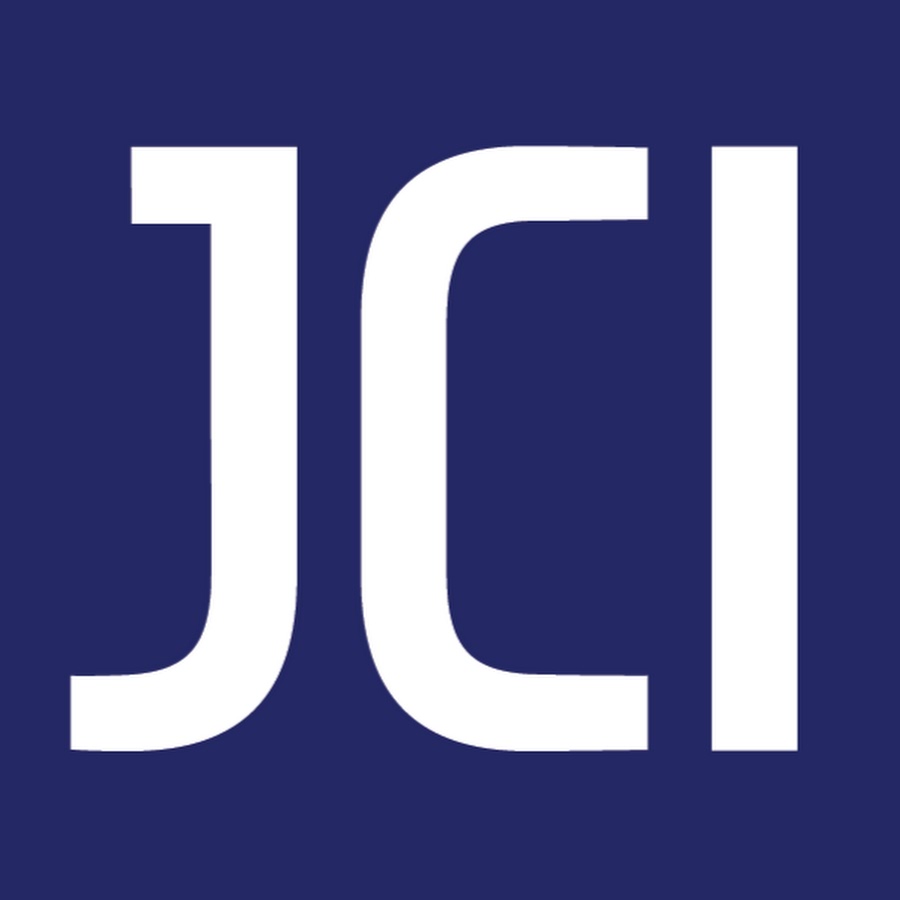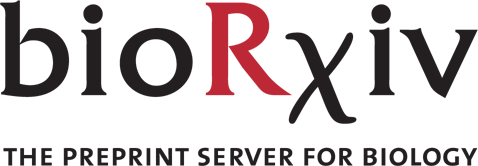RF-4 Assays, Tools
Assay Optimization, Development, and Imaging: Optimizing virologic, immunologic, and imaging methods to assess efficacy of HIV/SIV cure interventions
We hypothesize that development of a comprehensive panel of viral and immune biomarkers through use of clinical trial samples and CNS imaging will lead to identification of a biomarker profile predictive of sustained HIV remission that would avert the need for ART interruption to detect HIV remission
Specific Aims
Aim 1: Quantifying HIV-1 Proviral Reservoirs
We will establish the Intact Proviral DNA Assay (IPDA) to quantify intact and defective HIV-1 proviral reservoirs in perinatal infections, across different HIV-1 subtypes, and examine their decay dynamics as a measure of efficacy of HIV-1 remission and cure interventions.
Aim 3: Immune and Inflammatory Signatures of HIV-1 Persistence and Control
We will identify immune (humoral, Natural Killer cell, myeloid, cytotoxic T cell) and inflammatory signatures of HIV-1 persistence in perinatal infection, and biomarkers associated with reservoir control and viral rebound.
Aim 2: Characterizing Proviral Reservoirs and their Susceptibility to Reactivation
We will develop a reproducible pipeline to comprehensively characterize the inducibility and composition of the replication-intact HIV-1 proviral reservoir and its selection/elimination during cure interventions.
Aim 4: Visualizing S(H)IV/HIV
We will assess virus-specific PET imaging technologies to detect HIV/SIV active replication/ persistence in lymphoid and gut tissues and in the CNS following early effective long-term ART and upon Analytic Treatment Interruption.
Innovation and Current Research Milestones
Expansion of the IPDA, a multiplex droplet digital PCR that is precise and simultaneously measures intact, 3’, and 5’ defective proviruses, to non-subtype B HIV-1
Creation of multiple new benchmarks and biomarkers to monitor HIV-1 elimination, including a new inducibility index, biomarkers of reservoir size and reactivation potential, and correlates of control and elimination that may be unique to pediatric infection
Use of cutting-edge methods and techniques, such as systems serology for deep HIV-specific antibody (Ab) profiling, multi-parameter flow cytometry, epigenetic profiling (NOMe-seq) and single-cell RNA-seq
Application of state-of-the-art PET-CT imaging technologies to monitor viral replication, undetectable in blood, during experimental treatment in the SHIV-infected infant macaque cure model
Cross-disciplinary collaborations with experts in HIV-1 reservoirs in adults, bioinformatics, mathematical modelers, and pediatric/adolescent HIV-1 domestically and internationally, as well as in the infant macaque cure model
Program Directors
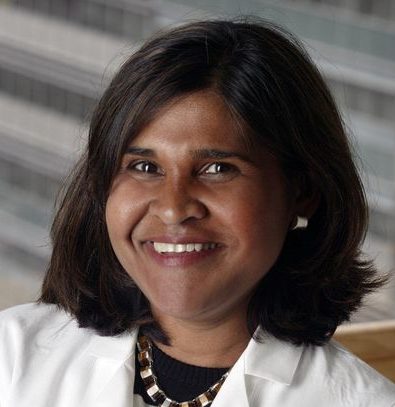
Johns Hopkins University School of Medicine
Johns Hopkins Bloomberg School of Public Health
Departments of Molecular Microbiology & Immunology and International Health
Chief, Division of Infectious Diseases
Chair, IMPAACT HIV Cure Scientific Committee

University of Miami
